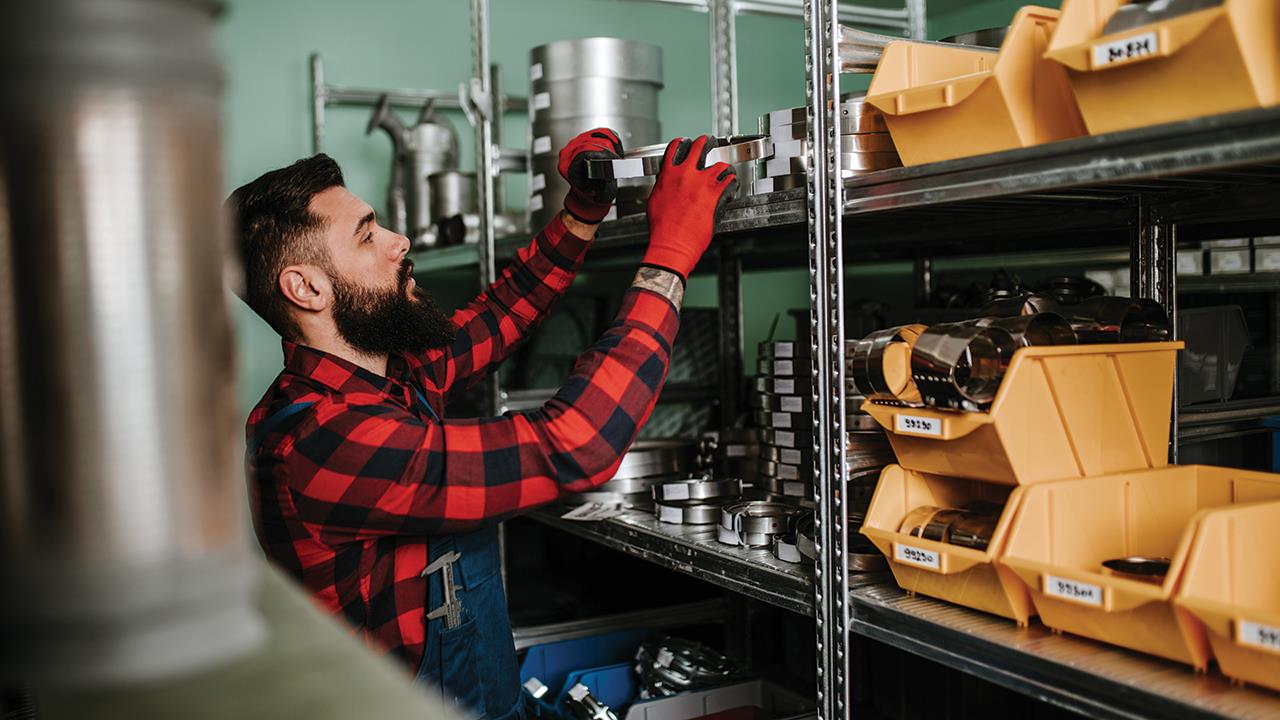

Consumer safety and quality assurance are two priorities that should go hand in hand when it comes to servicing and repairing gas appliances.
As such, Gas Safe-registered engineers (RGEs) need to be able to make informed choices when sourcing and installing spare parts. Through correctly applying these measures, installers can be more certain that they have successfully discharged their required legal duties.
Market clarity
What must first be acknowledged is the legislation in place surrounding the use of spare parts. In line with the Gas Safety (Installation & Use) Regulations 1998, work should not be carried out that results in the appliance no longer complying with its original certification(s) (e.g. CE or UKCA marking).
If part modification risks altering technical characteristics, and undermining safety certifications, RGEs could potentially be in a position of legal jeopardy. With this in mind, it is paramount that installers can discern whether a given part is physically proven to operate safely within its intended appliance.
It goes without saying that a gas appliance will have undergone extensive product research, development, and testing before entering the market. Heating manufacturers carrying out this process therefore provide RGEs with reassurance that each component part will operate as intended. Furthermore, should repair or maintenance be required by an RGE, and an original equipment manufacturer (OEM) spare part be used, parameters will duly be in place to help ensure that the appliance is restored to full, safe working order – given it is correctly installed and maintained by competent people.
That being said, part replacement can be difficult to navigate, and this isn’t solely due to the illicit availability of ‘counterfeit’ parts. In certain cases, the part may seem a like-for-like replacement, but in reality lacks the validity of robust manufacturer testing within its intended host appliance(s).
Hidden dangers
The importance of informed decision-making cannot be understated in these scenarios, especially when the dangers of making the wrong choice are considered. Several HHIC boiler manufacturing members have evidenced past instances where this becomes abundantly clear.
Basic visual indicators can indicate the worrying differences encountered in construction and performance between part variants, depending on authenticity. Some alternative (non-OEM) components show a host of dangers, from uninsulated electrical connections and missing earth connections, through to inadequate fixings provided for combustion fans. Less obviously, an unapproved part may be perceived to be functioning correctly, but in fact could still prove to be dangerous in practice.
For example, when the alternative part’s performance is tested in laboratory conditions, temperature and electrical surge can greatly exceed those of the OEM design, and therefore raise safety concerns.
Without manufacturer’s recommendation, there is often no guarantee of the part’s safety and performance. It is for this reason that Technical Bulletin (TB) 116(1) should be adhered to, which states that registered businesses should only use manufacturer-approved replacement parts.
Building on principle
It is clear that choosing genuine manufacturer parts in line with TB 116 stands as a sensible route for RGEs to follow. That being said, the HHIC still believes that a responsible, industry-led labelling system could provide greater clarity around alternative options and what they offer. Transparency is key here, both for the RGE, and their end-consumer.
Currently, the legally-required certification mark for gas appliances (CE, being phased out for UKCA), as well as for their applicable component parts and spares, is an ideal starting point. Building on this, a recognisable industry mark, such as Benchmark, could further help registered businesses adhere to law and keep customers safe – all while aiding market transparency. Such a mark on spare parts could therefore prove compliance with key industry appliance test standards, and grant assurances that they will perform safely within compatible gas appliances.
With this in mind, HHIC has conducted a thorough review of the legislative requirements around the sale of gas appliance spare parts. Going forward, a technical test programme will be finalised to underpin a voluntary industry spare part certification scheme. Intended to fall under the Benchmark brand – standing for quality, best practice, and consumer protection as it does – it will be initially focused on ‘safety-critical’ boiler components.
Said components are currently being mapped to appliance test standards EN 15502-1(2) and EN 15502-2-1(3), in order to form an applicable test regime with safety certification kept front of mind. While boiler test standards provide a basis, a governance panel formed of gas product safety experts will determine the relevant tests and clauses to keep the exercise proportionate.
An equally important process being undertaken is the construction of “scheme requirements”, as any legitimate certification scheme must produce. Both component manufacturers volunteering their parts for certification and authorised bodies conducting appliance tests will have clear obligations for the purposes of the scheme.
Final thoughts
With a need for greater transparency across the spare parts market, the HHIC and its members are committed to implementing more prominent guidance in this area. Here, standardised labelling/branding offers a promising system for RGEs to greatly benefit from and ensure safety remains intrinsic to their work.
If you'd like to keep up-to-date with the latest developments in the heating and plumbing industry, why not subscribe to our weekly newsletters? Just click the button below and you can ensure all the latest industry news and new product information lands in your inbox every week.